In the wake of the pandemic, a once obscure term took the center stage in the realm of remote work: ergonomics. As the world grappled with the sudden shift to home offices, a collective realization dawned upon us--that our physical surroundings profoundly impact our productivity, well-being, and overall work experience. From hastily assembled workstations to uncomfortable chairs and makeshift desks, we discovered firsthand the repercussions of neglecting ergonomics. Today, as we delve into the significance of ergonomics design for remote work, we unveil practical solutions to enhance our work-from-home experience and foster a harmonious balance between our bodies and our workspaces.
Fortunately, practicing mindfulness on a regular basis can help make the adjustment to working from home easier. These are simple strategies that, when implemented, will make a noticeable difference in your daily routine.
It is essential that everyone practices these five mindfulness and ergonomic tips while working from home in order to reduce stress and avoid painful positioning.
1. Create a comfortable work environment
It’s important to take the time to assess your workspace to ensure you are optimizing your comfort level. While working from the office, employees were equipped with comfortable chairs, adjustable equipment and proper desks.
When the shift to the home office occurred, many people may not have had access to the exact equipment you used in the office. But, small changes will pay off and improve your posture and comfort level.
First, make sure your chair is supportive and the correct height. Your feet should be able to rest comfortably on the floor. The Best Posture Chair by obVus Solutions fosters your next best posture. The Best Posture Chair takes a unique approach in its ergonomic design to encourage you to be mindful of your posture and work on your back and core muscles throughout the day.
Next, place your computer in a position so that the top of your monitor is at eye-level. This will reduce the strain on your neck that occurs when you have to look too far down or up at your screen. The Laptop Tower Stand by obVus Solutions is the ergonomic laptop stand people are raving about. It promotes better posture and increases work efficiency by bringing your laptop up to align with your sightline and decreases neck and back pain.
These simple modifications will allow you to focus on your work as you will no longer be constantly adjusting your body positioning to accommodate your workspace.
2. Move around every 30 minutes
Studies have shown that moving several times throughout the day rather than completing one bout of exercise leads to greater alertness and less fatigue.
Take a two minute break every 30 minutes to get up from your desk and move around. Just a few moments walking around the house or stepping outside to grab the mail can help to reduce stress and calm your thoughts.
Frequent movement throughout the day has also been shown to lessen appetite and curb food cravings. Stepping away from your desk allows you to stretch your muscles and regain focus before sitting back down to work.
3. Practice breathing exercises throughout the day
Another tip for practicing mindfulness while working from home is to participate in various breathing exercises throughout the day. It has been shown that deep breathing exercises can improve concentration and reduce anxiety.
There are countless guided meditations available that can be completed in just a minute of your time. These are simple and yield immediate results.
minder by obVus Solutions offers several breathing techniques that can quickly calm your heart rate and declutter your thoughts. These exercises such as 4-7-8 Breathing, Equal Breathing, and Diaphragmatic Breathing only last one minute but noticeably increase relaxation.
4. Avoid multitasking
During the workday, it is easy to get caught up in various activities at the same time. This is especially the case when you are working from home.
You do not want to find yourself watching a video call, while checking your email, while listening to a podcast. This is simply too much for you to process at once, and it distracts you from completing a task with a focused mindset.
If you make a to-do list, you can check each task off one by one. This way, you can give your maximum focus to each task at hand. Focusing on individual tasks leads to better productivity, as you will not be attempting to complete multiple items at the same time.
Next time you catch yourself trying to accomplish too much at once, slow down and write down your responsibilities. Then, prioritize your list so that you tackle the most important task first.
5. Connect with others
Since more people have settled into working at home over the past few years, we aren’t physically going into the office to make daily connections with each other. This human interaction is valuable because it allows people to socialize and destress. It’s easy to go for long periods of time with very few interactions. Although zoom calls provide employees with face-to-face time, they almost always consist of work-related discussions.
You can practice mindfulness by taking the time to check in with a friend, or grab coffee with a family member. Socializing provides an opportunity to take a break from thinking about work-related topics.
Now more than ever, humans are in desperate need of social interaction and it’s important to reach out and check in with others. Not only will they be happy to hear from you, but you will also be doing yourself a favor.
As we continue to navigate the dynamic landscape of remote work, embracing mindfulness can be the key to unlocking a more pleasant and fulfilling work-from-home experience. By consciously incorporating social interactions and regular movement breaks, and cultivating an ergonomically correct workspace, we empower ourselves to optimize productivity, prioritize well-being, and find joy in the daily grind. It’s beneficial to embark on this mindful journey, where our virtual offices become spaces of inspiration and connection, and where our work-from-home routines become infused with intention and balance. Our homes can become not only places of respite, but also havens of productivity, growth, and holistic well-being.


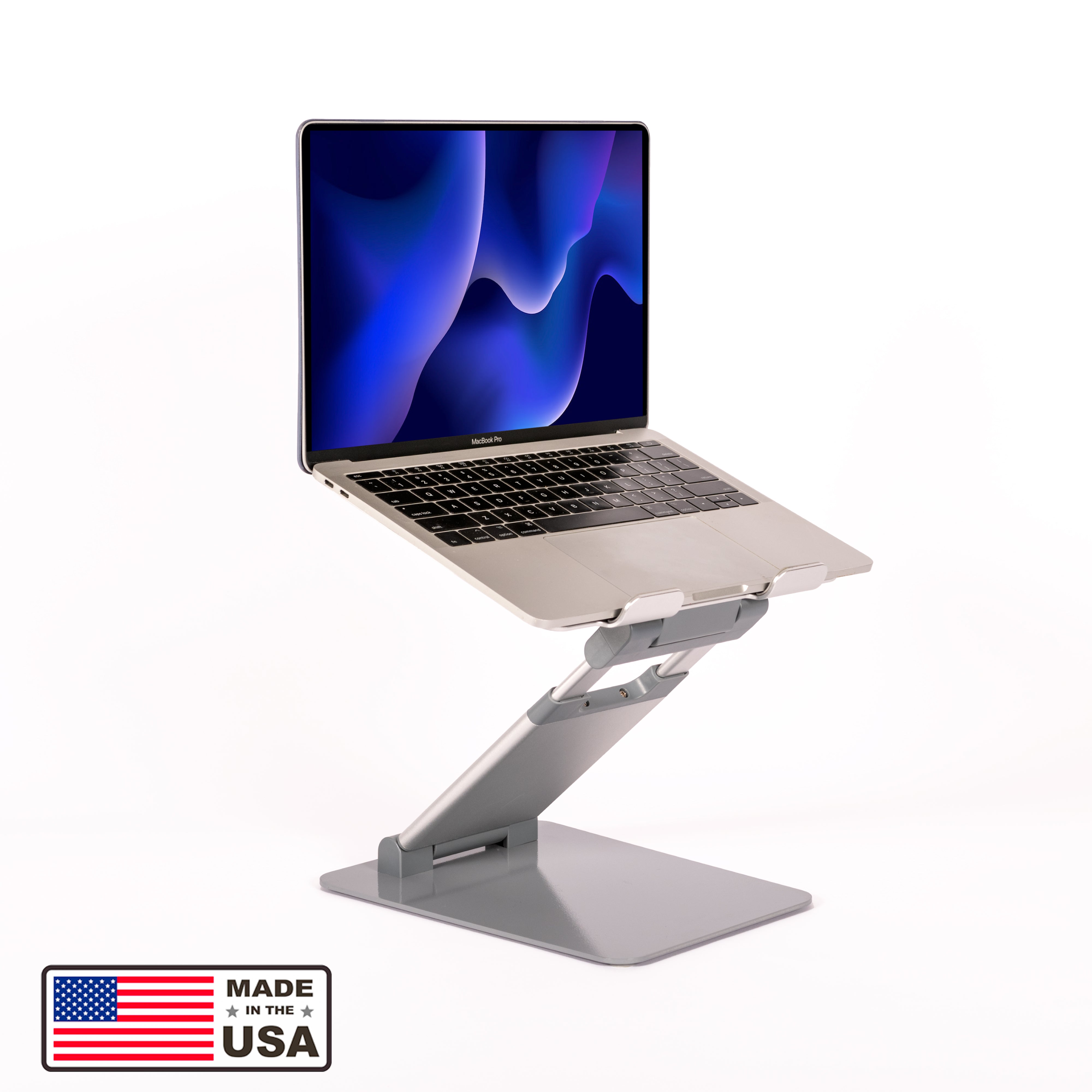
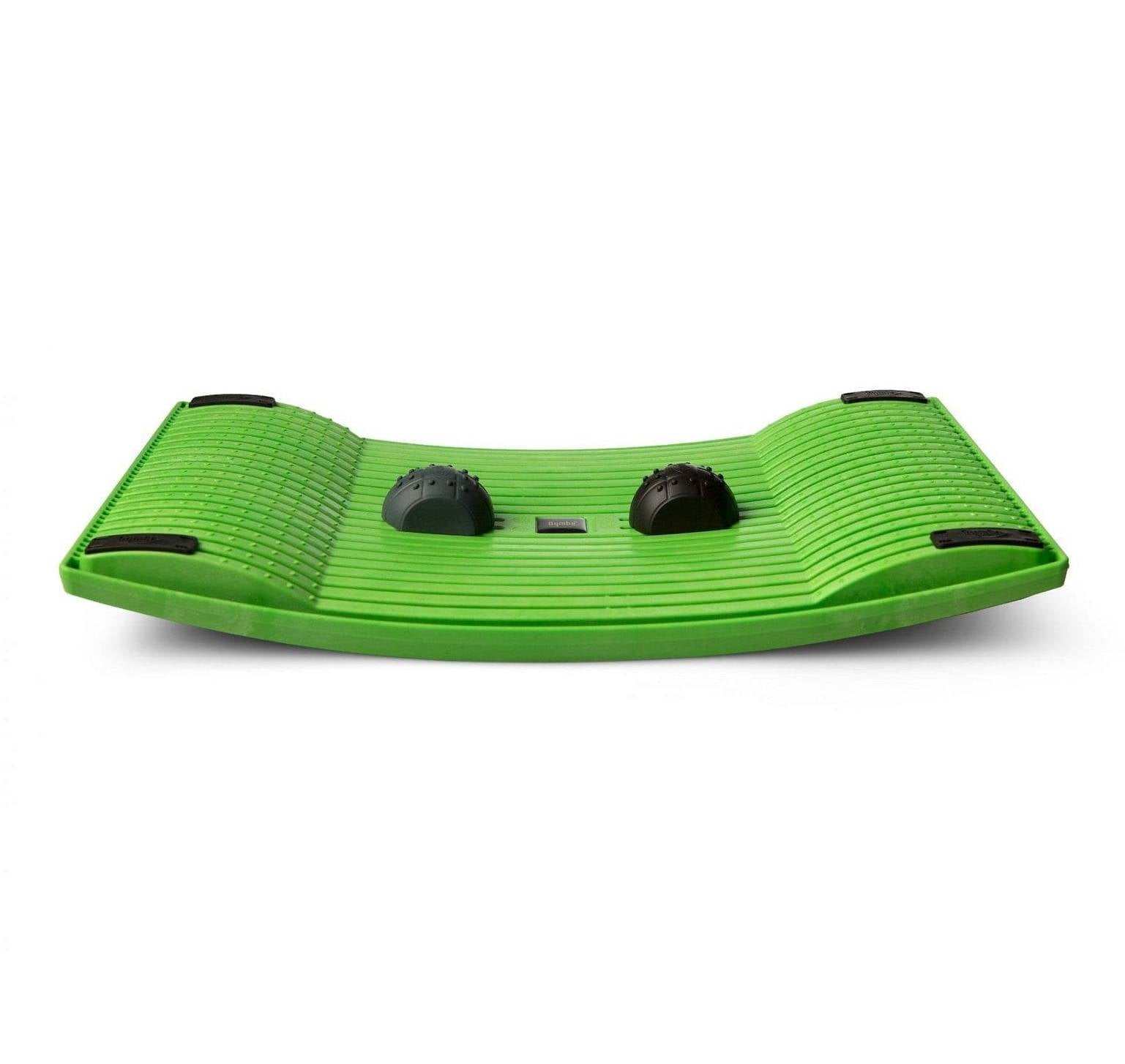
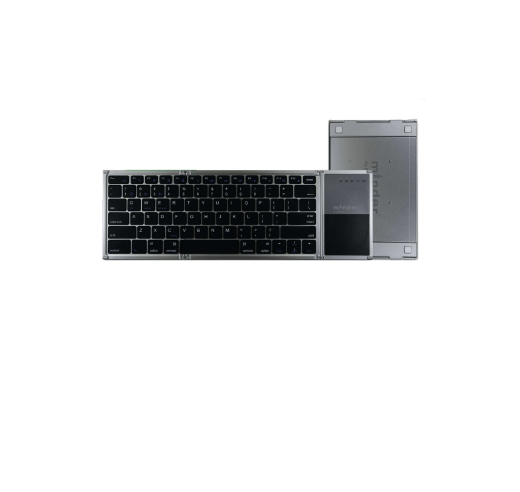
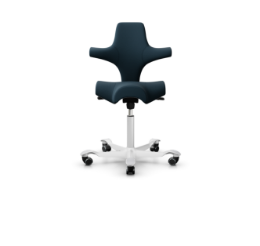
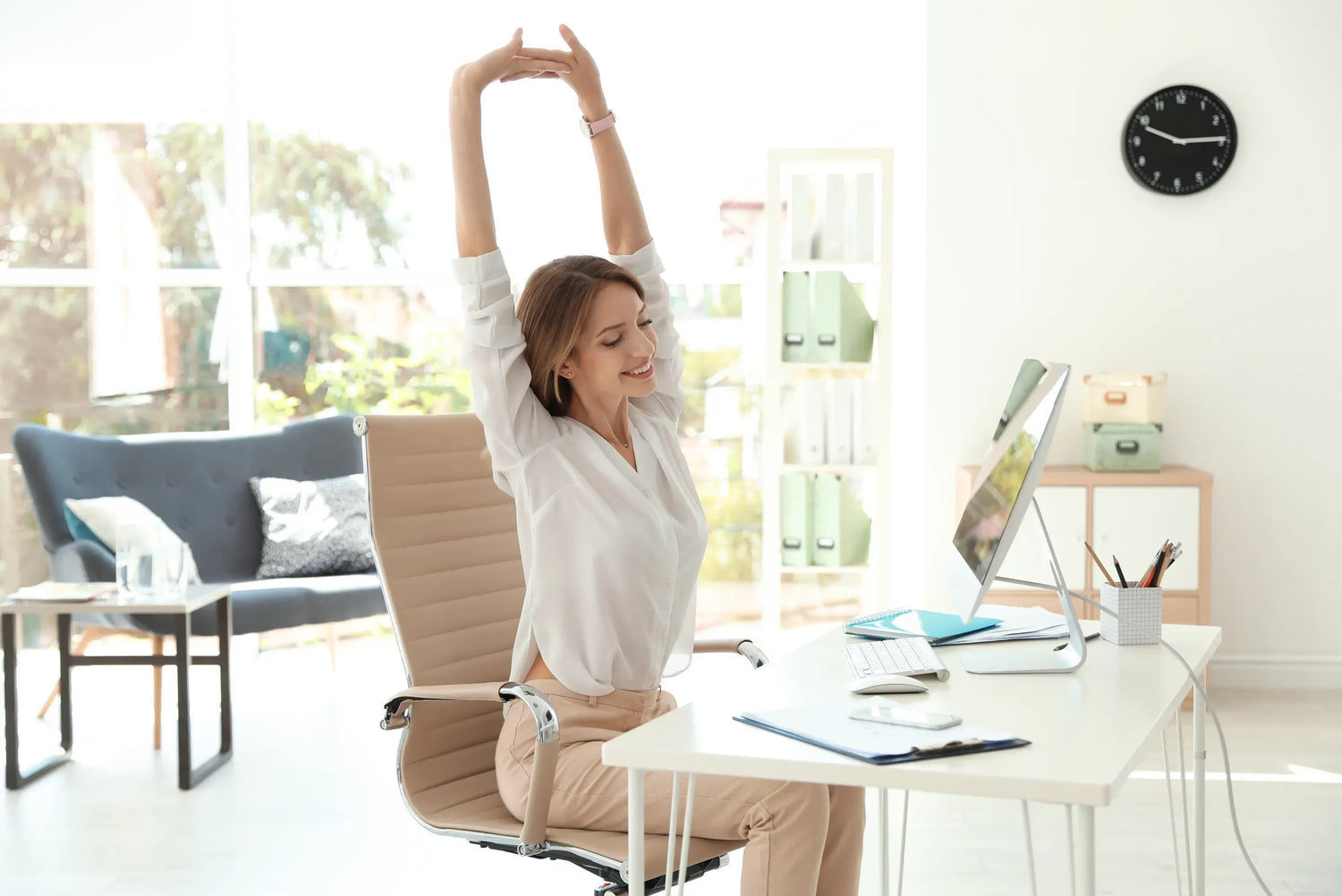

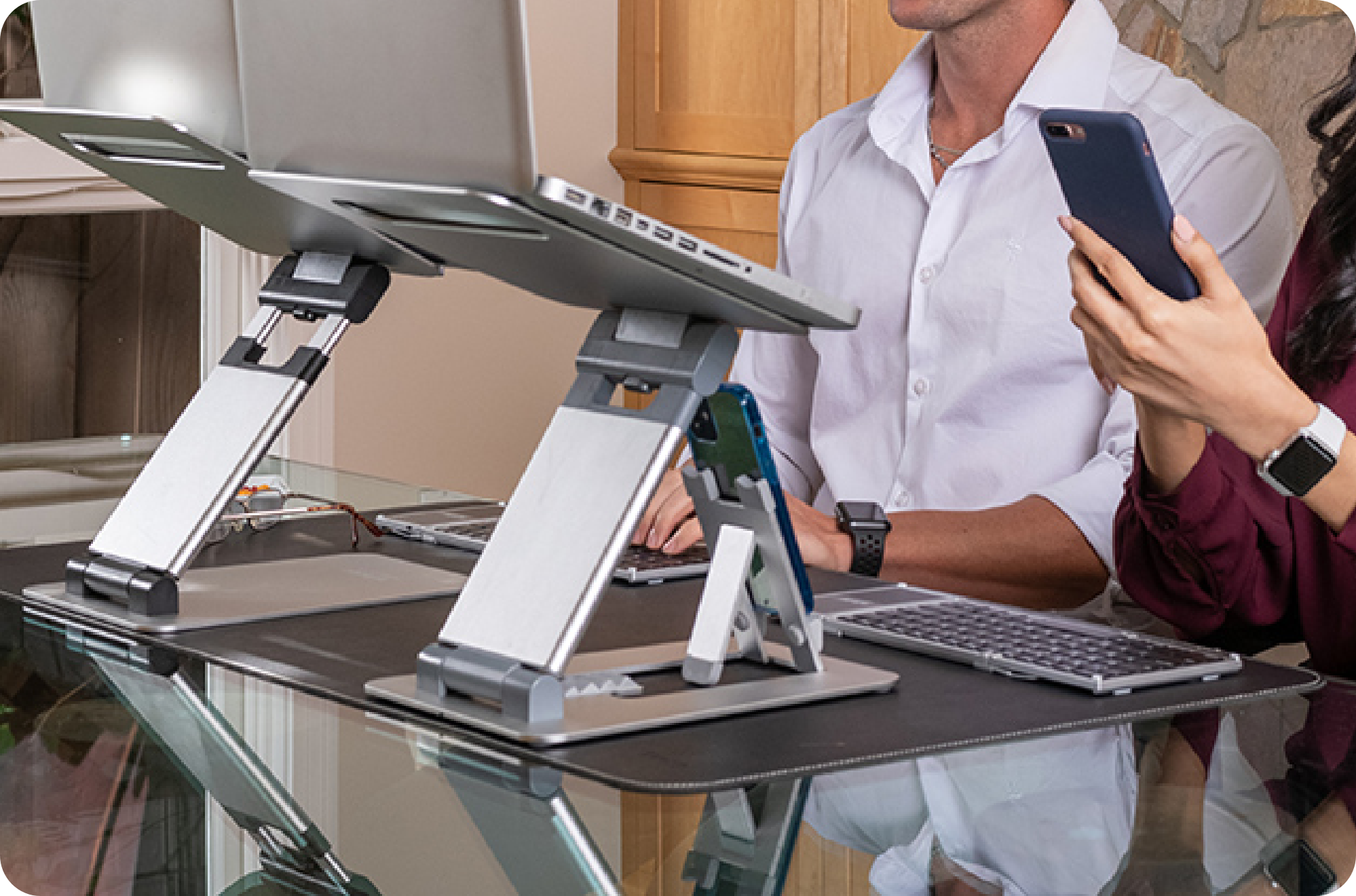
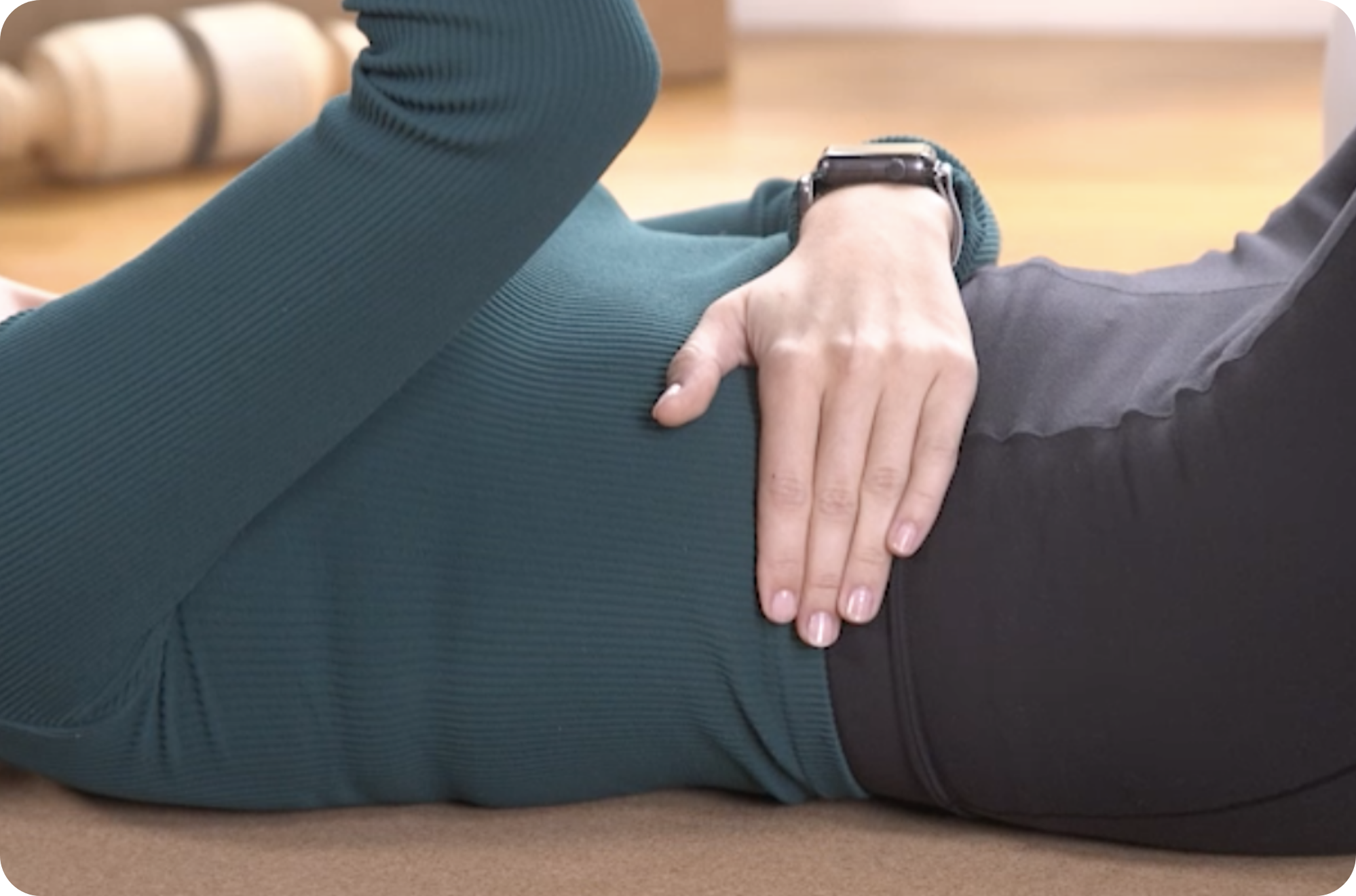



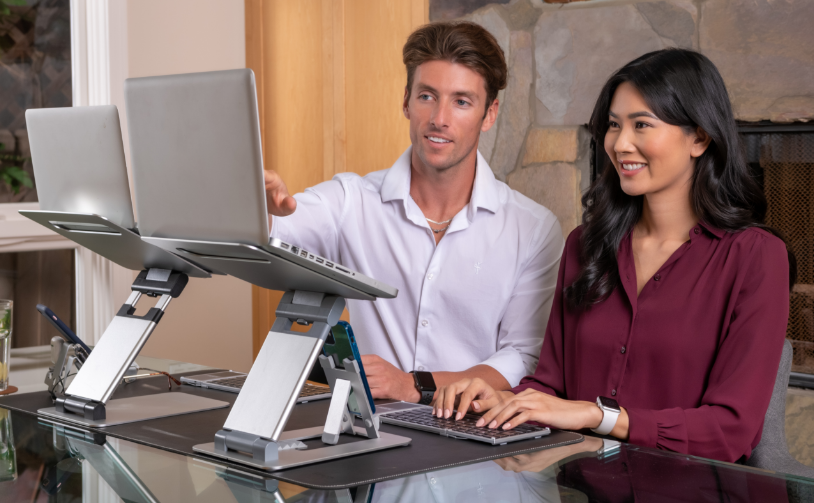
Leave a comment
All comments are moderated before being published.
This site is protected by hCaptcha and the hCaptcha Privacy Policy and Terms of Service apply.